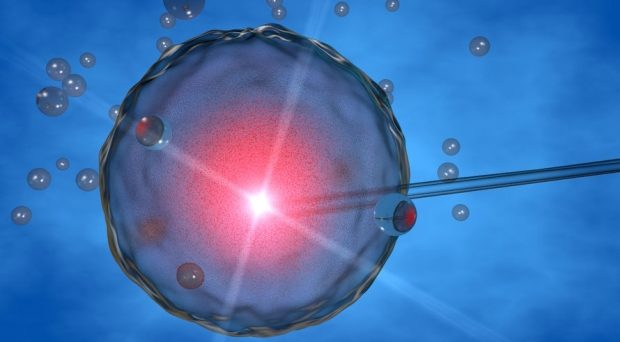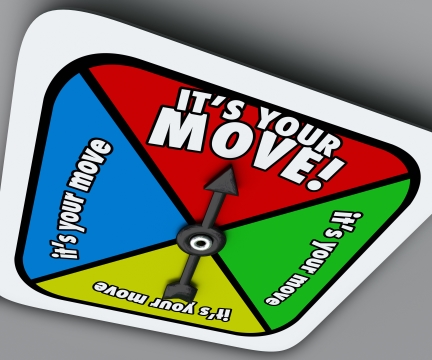You’ve been dreaming about the perfect family; a family that’s complete, wholesome and irrevocably yours. However, after another setback in your infertility journey, you’re wondering whether you’ll ever get that fairy-tale ending.
Your fertility doctor suggested surrogacy or adoption. However, you’ve always dreamed of carrying and nurturing your own child in your womb.
Instead, you’re exploring donated eggs as a possibility. You may have researched cost comparisons, but there’s still one aspect of the process you’re considering – the genetics.
Fortunately, there are still plenty of ways you can form this loving connection while creating the dream family you want, need and deserve through egg donation.
Finding a Donor
Initially, many feel a related donor is the answer – they’ll share your genes, you know their history, characteristics and medical conditions. Also, they’ve always supported you throughout the ups and downs of life.
But will this create awkward family/friendship dynamics? And would you feel obligated to tell your child who their donor was?
In contrast, an egg bank allows you to choose your donor anonymously. You can look through a list of potential candidates who meet your search criteria.
This may include physical characteristics, such as height, eye color, and hair color. Also, it may be specific traits, like whether they are academic, musical or athletic.
Having this ability to choose someone possessing the traits you’d like your son or daughter to have enables you to create an instant connection with your child.
Before she’s even born you know something about her, just like you would if she was sharing your genes.
Egg banks will also appropriately screen each candidate. The bank will carry out extensive tests like physical and psychological examinations, drug usage screenings and detailed family histories.
Due to the numerous possibilities provided by an egg donor search, you often need to give yourself a few months to find the ideal donor.
Passing on Your Genetics
As well as enjoying the knowledge your donor shares some important characteristics with you and your partner, there’s still a wonderful possibility your baby will share your genetics, too. A recent study revealed some groundbreaking information: some genetic material may be passed from mothers using donor eggs to their children through endometrial fluid.
These tiny molecules pass information from a mother’s genes through the endometrial fluid to the developing baby. The fluid thus regulates the expression of the baby’s genes.
Therefore, when you opt for egg donation, you’re still shaping your child’s future. You’re creating an unbreakable bond while you carry him in your womb.
Creating a Future
Throughout the process, you’ll experience a vast array of emotions. Each of the emotions you go through, from anger to sadness and elation to grief, are completely normal and understandable.
At first, you may find it hard to come to terms with losing that genetic connection. Nevertheless, when you consider all of the setbacks and challenges you’ve already had to overcome, the prospect of not only carrying a child but carrying one that shares yours, your partner’s, and a carefully-chosen donor’s genes will offer a glimmer of hope in your IVF journey.
It’s a light at the end of the tunnel you never thought possible.
As you begin to nurture your unborn child in your tummy, you’ll experience all the feelings of a mother. Knowing you’ve created this tiny miracle completes your fairy tale.
You’re creating a child through unconditional love, providing them with the most amazing life. Ultimately, IVF with donated eggs truly does unite the genetics of you, your partner, and your donor.
As you go forward on this incredible journey, it unites you all through love and hope, forming the perfect family you’ve always dreamed of.
There are a lot of weird myths surrounding pregnancy. A few are misleading for the new moms to be. Here’s an infographic depicting these myths and establishing the real facts to enlighten the pregnant women for a cheerful & fearless pregnancy phase.
Copyright: vampy1 / 123RF Stock Photo






